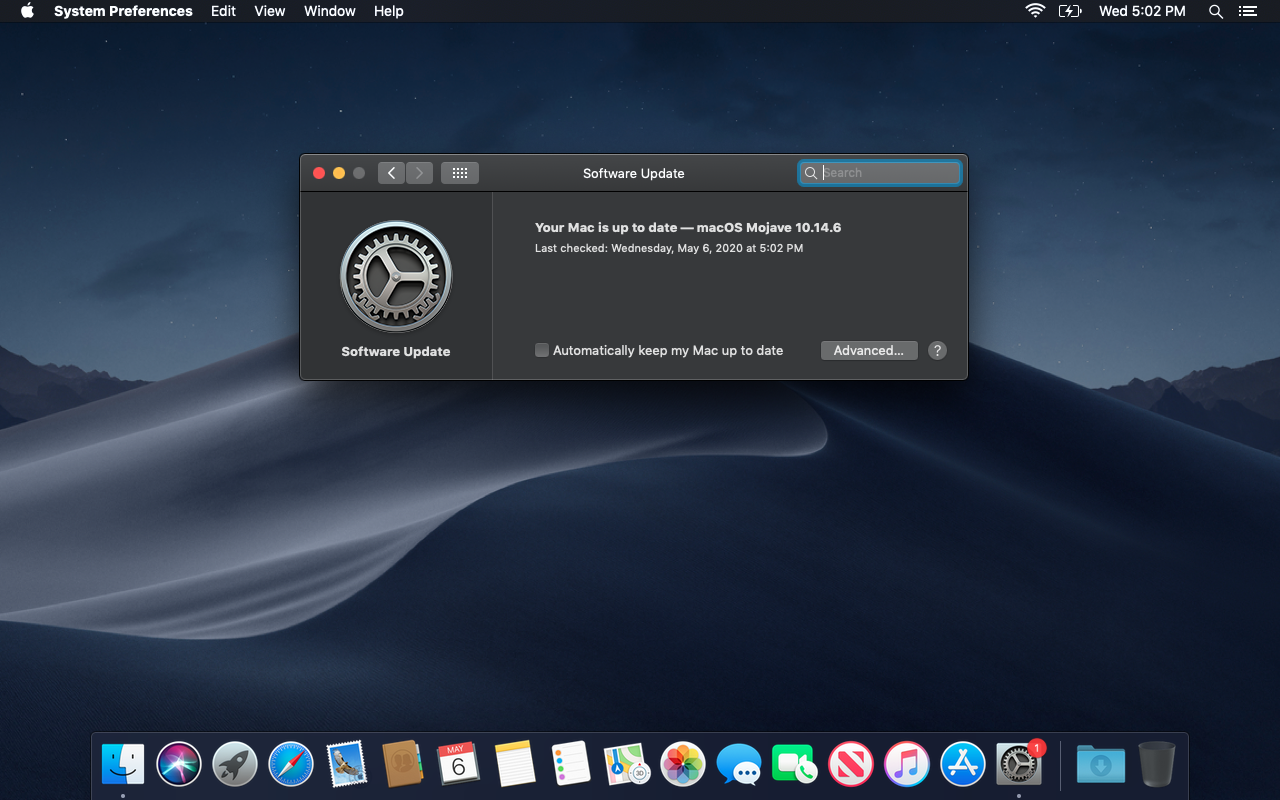The only option I found to remedy this is to globally disable Gatekeeper by typing sudo spctl -master-disable 6. Now the flutter command should be working, so we can type flutter doctor to check.
Troubleshooting
Problem
Step 1: Installing the command line tools. Open a terminal and enter the following line, you’ll then be shown a pop up prompt. $ xcode-select -install. Click install when the prompt pops up. Command line tools install prompt. After that you’ll be shown a license which you’ll have to agree to in order to install. Airport – the Little Known Command Line Wireless Utility for Mac. Hidden from the casual Mac user is a spiffy command line utility that allows you to view, configure, and troubleshoot your Mac’s wireless connection, entirely from the Terminal of MacOS and Mac OS X. This command has a help file but is otherwise but not much documentation. Let’s check to see if Active Directory Group “Domain Admins” has admin access on your Mac. /usr/sbin/dsconfigad -show. This command will give you a list of all your Active Directory Settings. The screenshot below is what you will see AFTER the 10.15.3 Update. The Domain Users group group was removed and is now “not set”. Hold Command+R while your Mac powers on to boot into Recovery Mode. From the macOS Utilities window, open Disk Utility. Select your Macintosh HD from the sidebar and click Erase. Fill in a new name for your drive and confirm you want to Erase it. Quit Disk Utility and click Reinstall macOS from the Utilities window.
Cause
Resolving The Problem
- If you have the IM installer files in a macOS folder like Downloads or Documents, move them to a folder that you created manually in a non-special location, like the root of your home directory (for example: ~/installers).
- Open the Terminal application.
- cd to the RPT_SETUP directory.
- Run the command: sudo xattr -rcs .
This command removes the extended attributes for all the files under the current directory. Some of these attributes are preventing the installation. Since these attributes are not required for the installation, it is safe to remove all of them. - Enter your sudo password.
This screen capture shows the previous steps: - Verify that all metadata was stripped by using this command:
sudo xattr -lr .
This command returns no output if the metadata was successfully stripped. If there is output, that means all metadata was not stripped. Do not proceed to the next step until all metadata is stripped. - Go back to Finder and run Install.app.
- IM now starts and you can proceed with the installation.
Document Location
Document Information
Modified date:
19 March 2021
Quick Links
Have you tried to use Telnet on MacOS only to find out it wasn’t there?You’re not alone, many have been disappointed to find out that Telnet hasbeen removed from modern versions of the system software starting fromMacOS Mojave and newer. These instructions will work for MacOS Mojave andnewer, I happen to be running Big Sur and this is what I did to get Telnetback.
Installing Telnet on MacOS with Homebrew

First I would like to mention that there is an easier route, that is usingHomebrew. I see a lot about it and many people seem happy with it but I havean aversion to putting it on my machine. If you don’t already have Homebrewon your machine, navigate over to the brew website and followthe installation instructions. I would caution against following themexactly though for security purposes. I would do it like this instead:
Open and inspect the install.sh script to see what it does and make sure you feelcomfortable running it on your machine. And then run it.
After installing Homebrew, install Telnet
Installing Telnet on MacOS by Building Telnet from Source
This was the method I used. There are some prerequisite steps though, if youdon’t already have them you’ll need to install the MacOS command line tools.
Step 1: Installing the command line tools
Open a terminal and enter the following line, you’ll then be shown a pop upprompt.
Click install when the prompt pops up.
After that you’ll be shown a license which you’ll have to agree to in orderto install.
After that you’ll see the download progress and the install will happenafter that. Unfortunately I forgot to get screen shots of the followingmessage boxes.
Step 2: Getting the Telnet source
For this step you’ll be getting the GNU network utilitiesnavigate to the download pageand find the latest source. At the time I’m writing this it’s 1.9.4:
Step 3: Extract the source
Step 4: Configure and build
Sudo Apt-get Command Not Found Mac Catalina
Now that the source is extracted change into the directory:
Run the configure command:
Run the make command to build:
And then install:
Sudo Command Not Found Mac Catalina Version
Either way you choose is fairly easy, the build for this is pretty straightforward and was very quick. I don’t think it even took me 10 minutes tobuild and install.